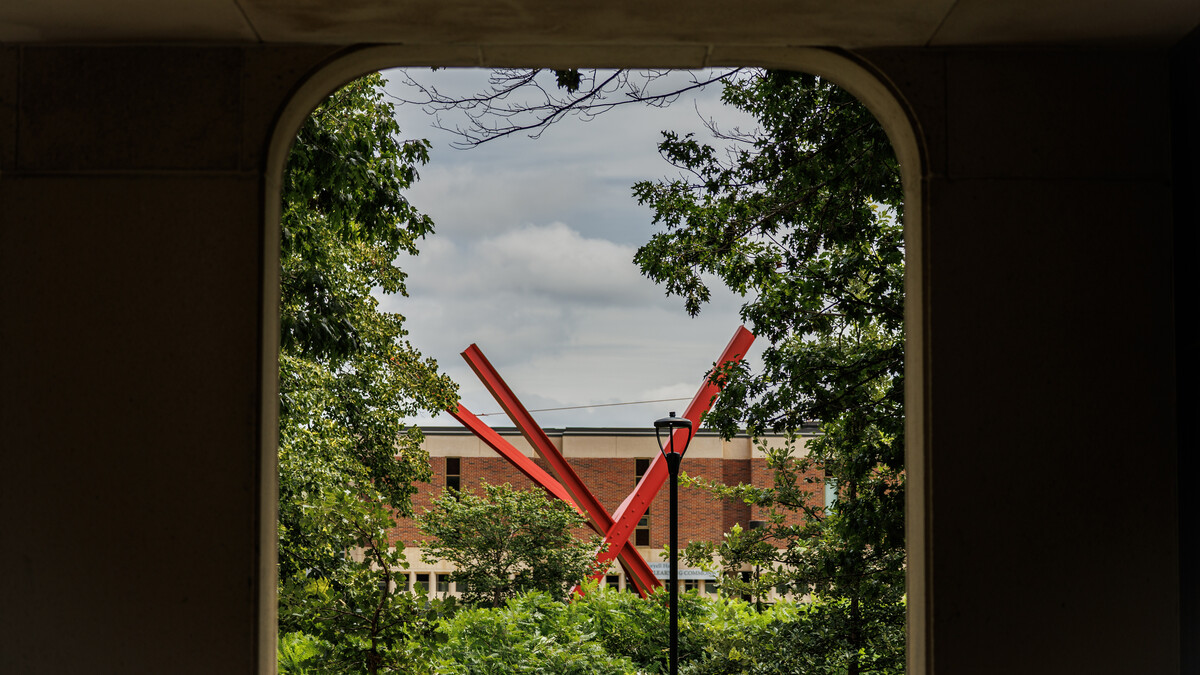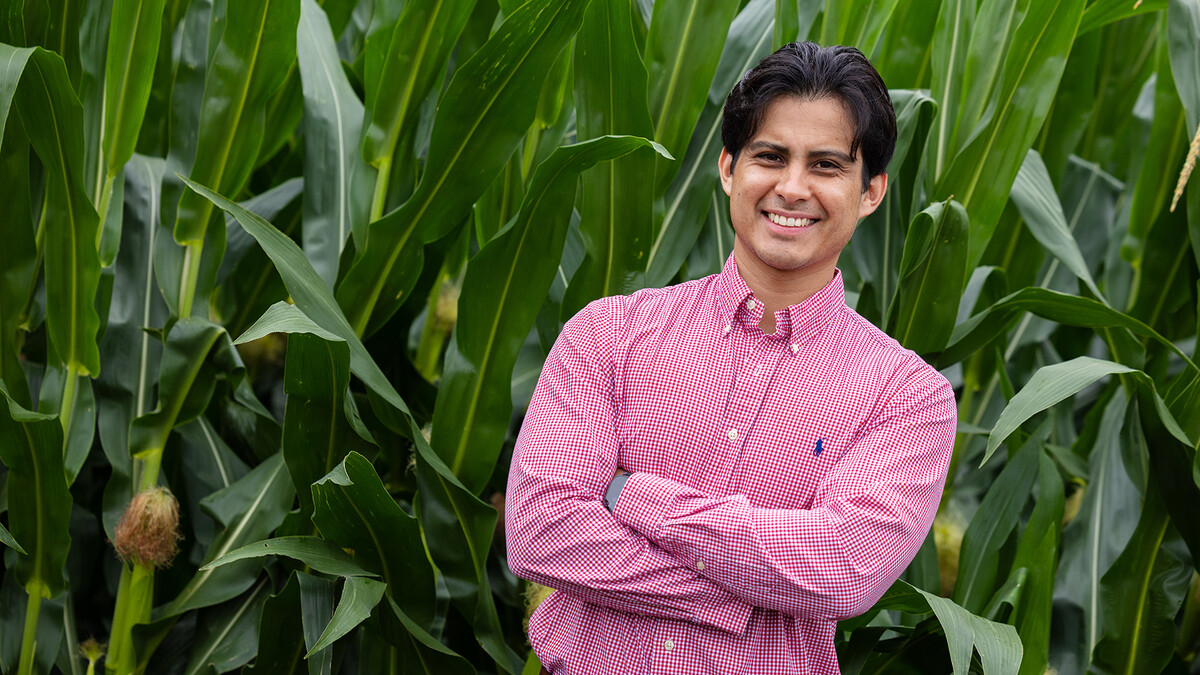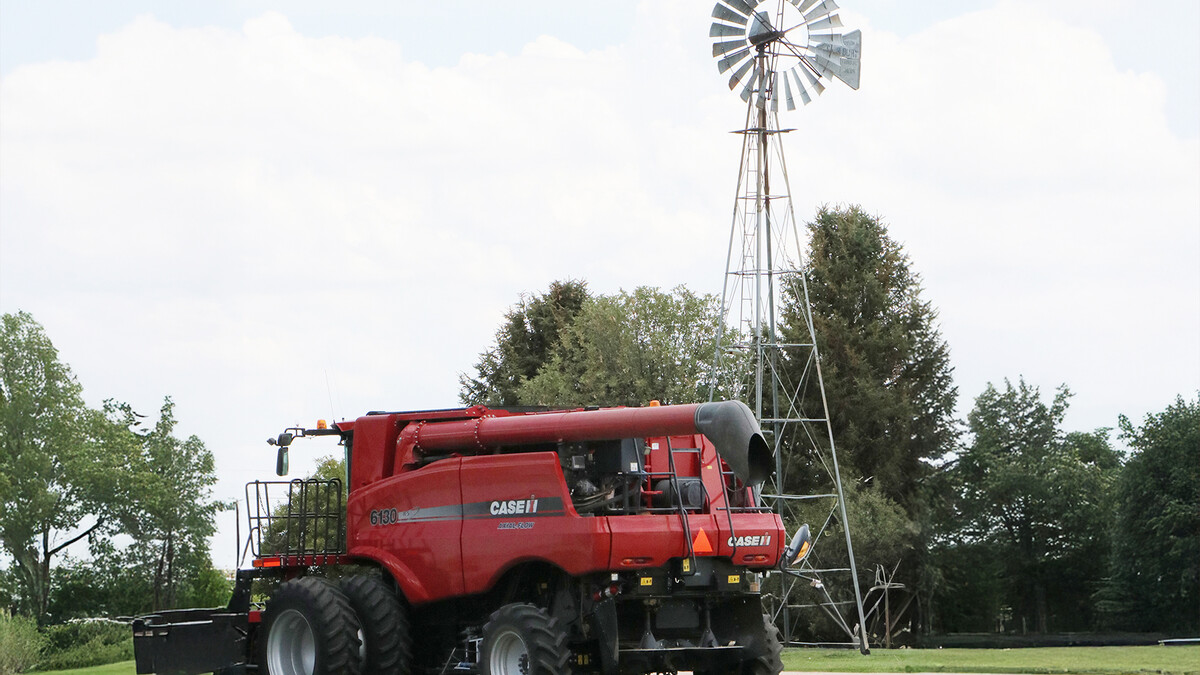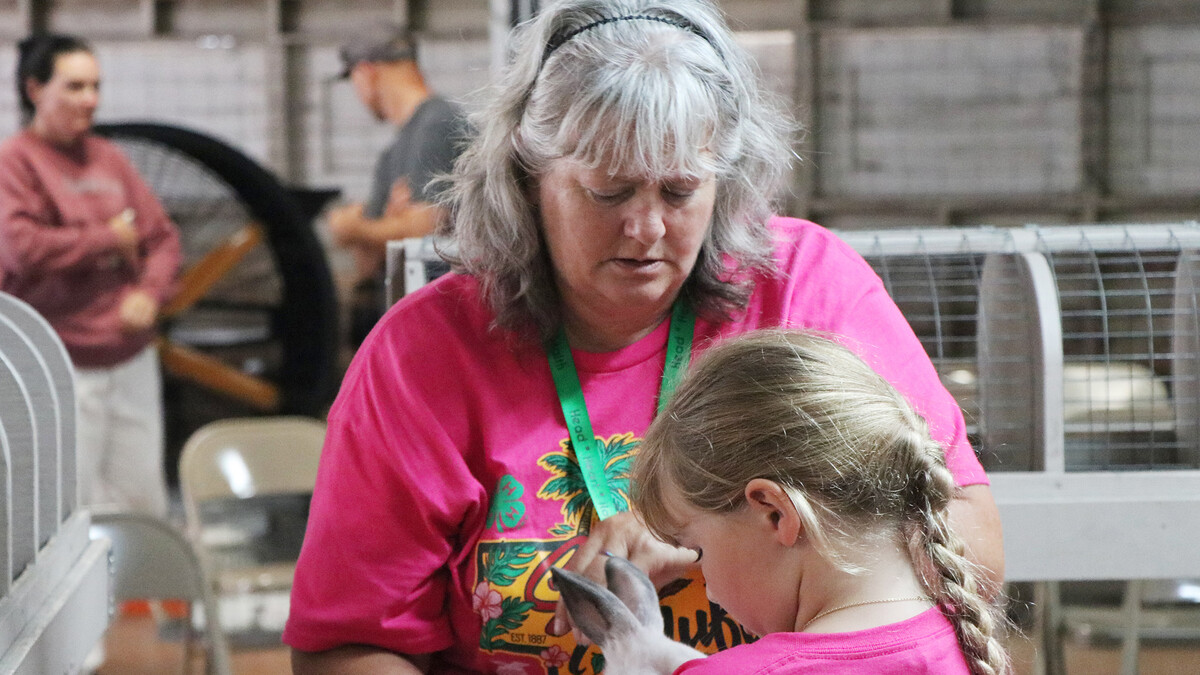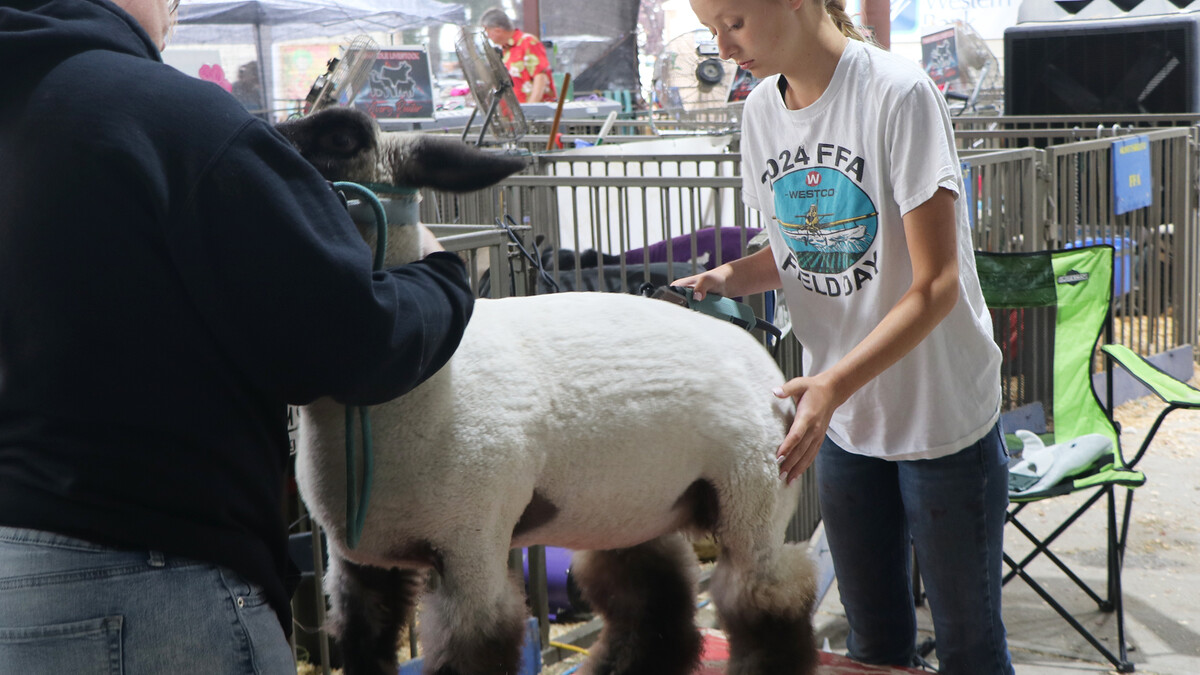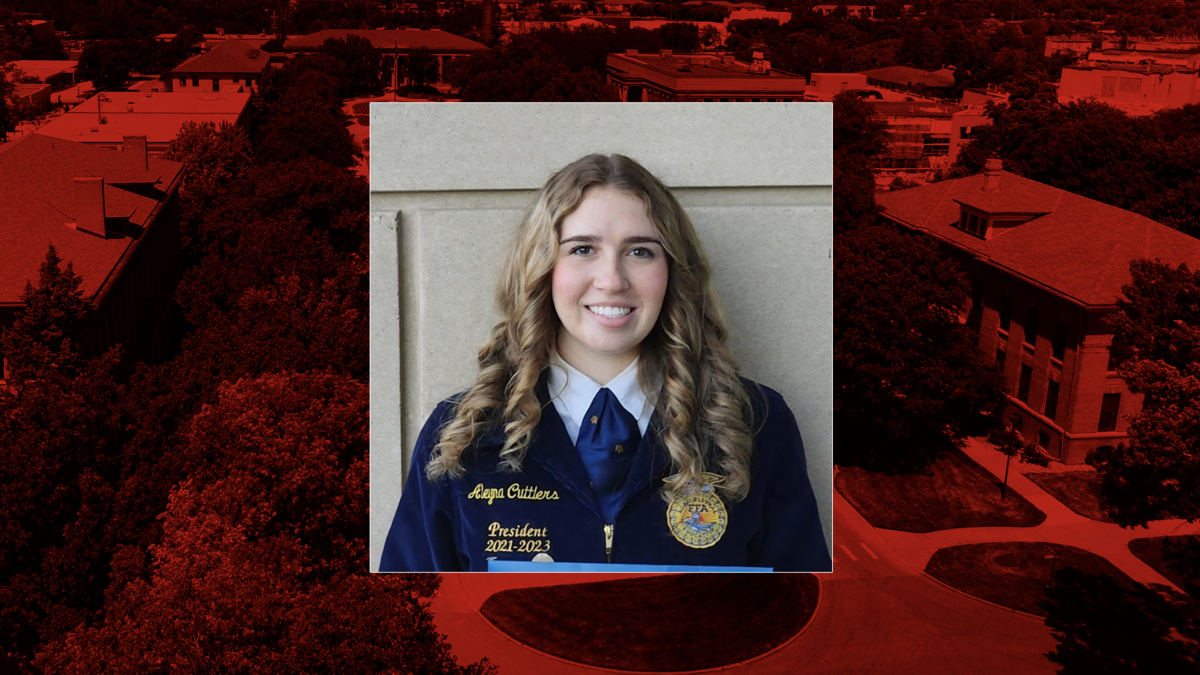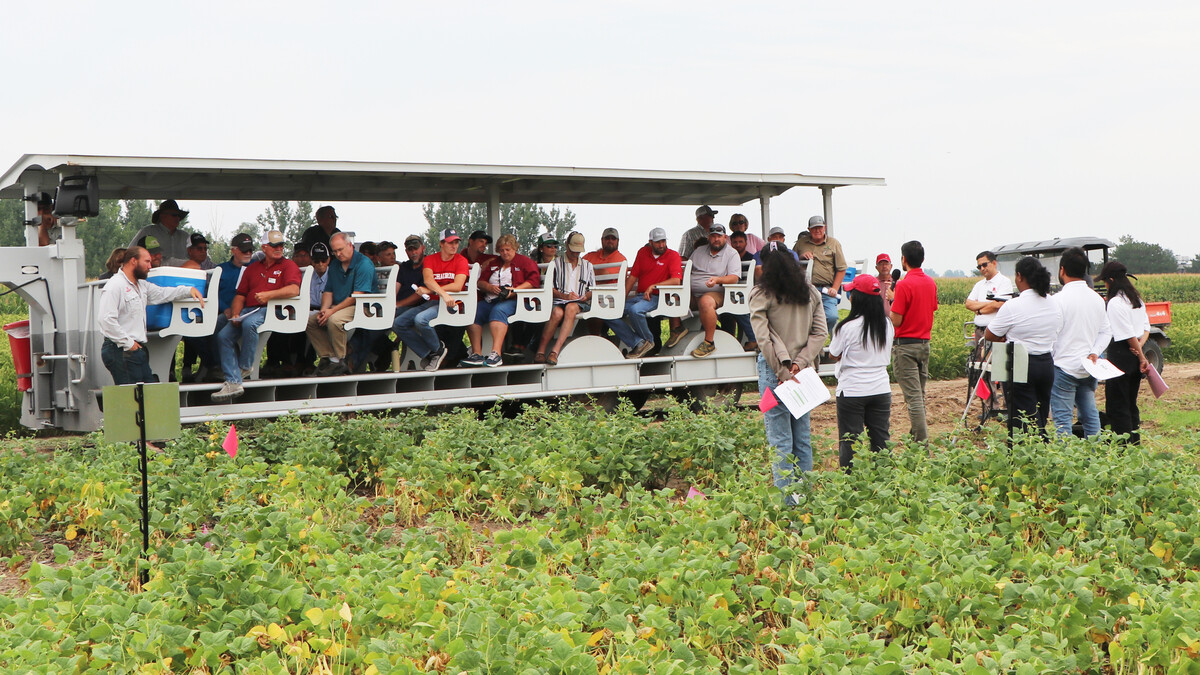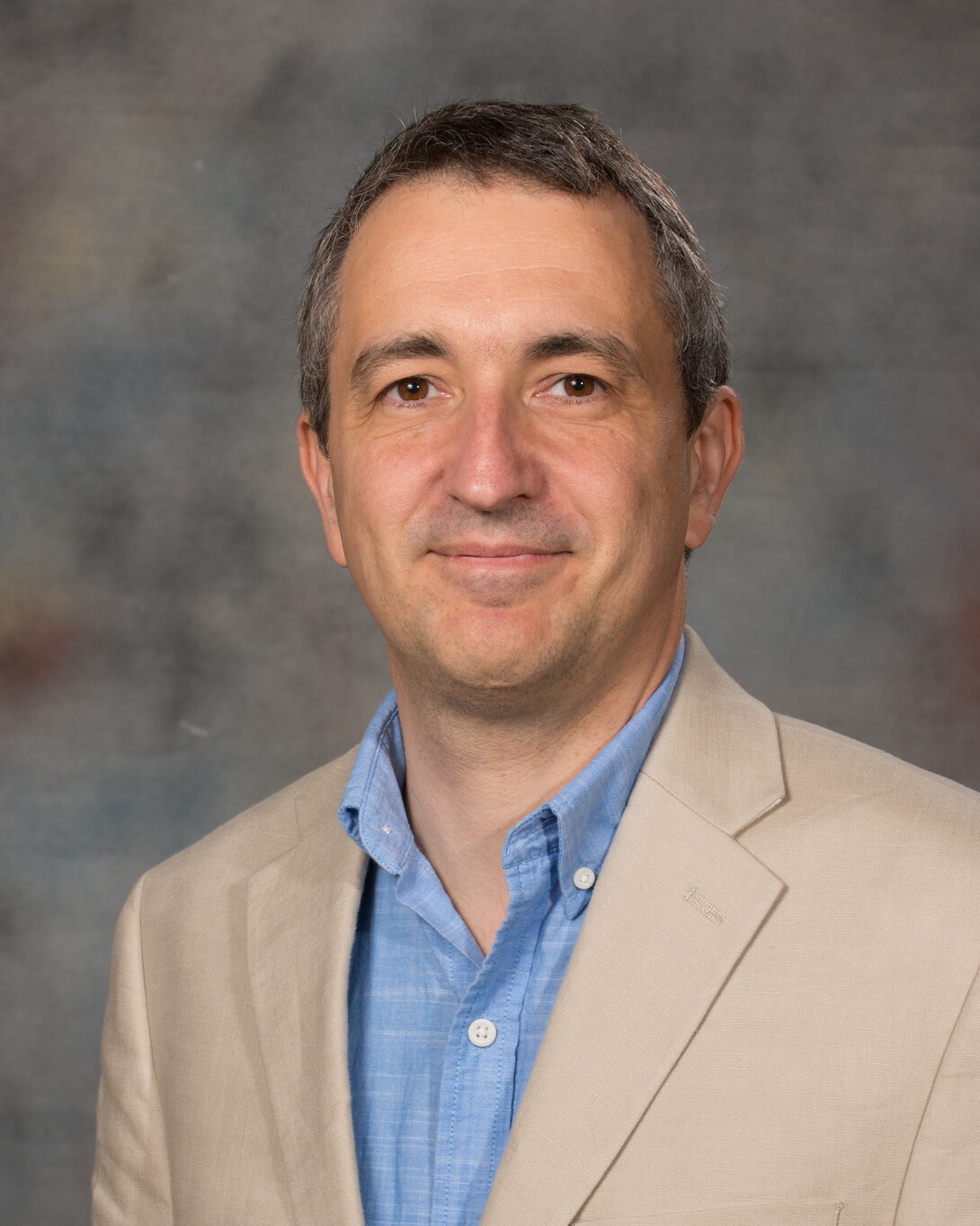
About Jacques Izard:
I recently moved from the East Coast. I have been studying microbiological functions at multiple scales, from the rearrangement of molecules to become functionally active, to how bacteria are organized in a host as a functional population in health and disease. One of my interests is the investigation of the effect of diet components on the microbiome and its impact on the host.
What is your position at the University of Nebraska–Lincoln?
Recruited as an associate professor, I am balancing collaborative scientific research and education in its different forms. The keyword “microbiome” is penetrating all aspects of our lives. It can be seen in the news on TV, newspapers, magazines and digital media regarding the ways to preserve or modify our microbiomes, as well as the clinical and research settings where the digestive tract microbiome is linked to our digestive, systemic and mental health. The main thrust of my research is around the support provided by the bacteria to keep us healthy.
What drew you to the University of Nebraska–Lincoln?
The multidisciplinary aspects of the Department of Food Science and Technology and the integrated view of food as a component of life have been a driver of my decision to join the University of Nebraska. The environment offers the ability to work with the food component of the alimentation at priory and posteriori in the process of optimizing the relation of diet and microbiome to improve one’s position in the illness-wellness continuum. With the recent creation of the Nebraska Food for Health Center, that mission will be certainly enhanced.
What aspect of working in an educational setting do you enjoy the most?
The opportunity to facilitate opening the door to new knowledge or ways to perceive the world is rewarding. The development of the “omics” tools in the biological studies, has open the opportunity to reposition in a larger context the activity of bacteria affecting both locally the adjacent neighbors, as well as its host and most often our environment. We can now transfer the information acquired through high dimensional dataset, or big data, to all levels of learning.
What do you consider your greatest achievement?
Managing a manuscript for the Human Microbiome Project was an interesting adventure. We were the first to define the microbiome of healthy individuals as persons lacking signs of inflammations at 18 body sites. Being part of that consortium, helping developing tools to understand the humongous amount of data and crystalizing some aspects as a collaborative effort was very rewarding.
What is something that most people don't know about you?
Volunteering for the von-Hippel Lindau (VHL) Association has been and continues to be an amazing opportunity to do outreach for people affected by rare genetic disease. VHL has a known genetic background but the triggers and the modulators of the disease progression are unknown.
What is your life like outside of work?
I enjoy nature in its many forms. Hiking is one of the activities that I look forward to.
